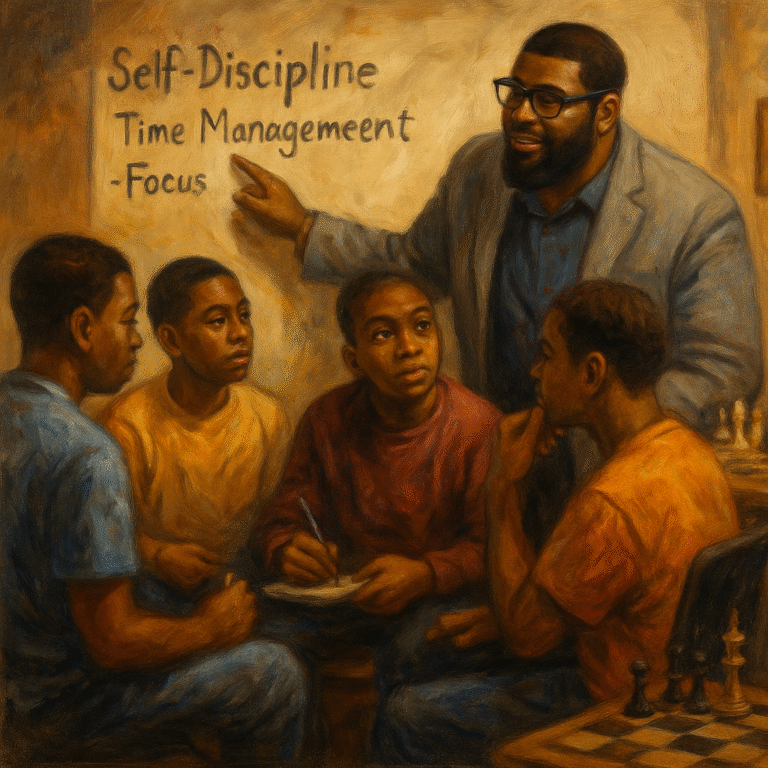What started as a casual conversation comparing FIFA and Madden quickly led to a dive into the origins of modern-day sports. While wrestling is often cited as the oldest sport in the world and lacrosse as the oldest sport in America, American football has carved out a unique and powerful place in U.S. history and culture. This sport has evolved over more than a century, and its journey is nothing short of iconic.
The Origins: Soccer, Rugby, and Walter Camp
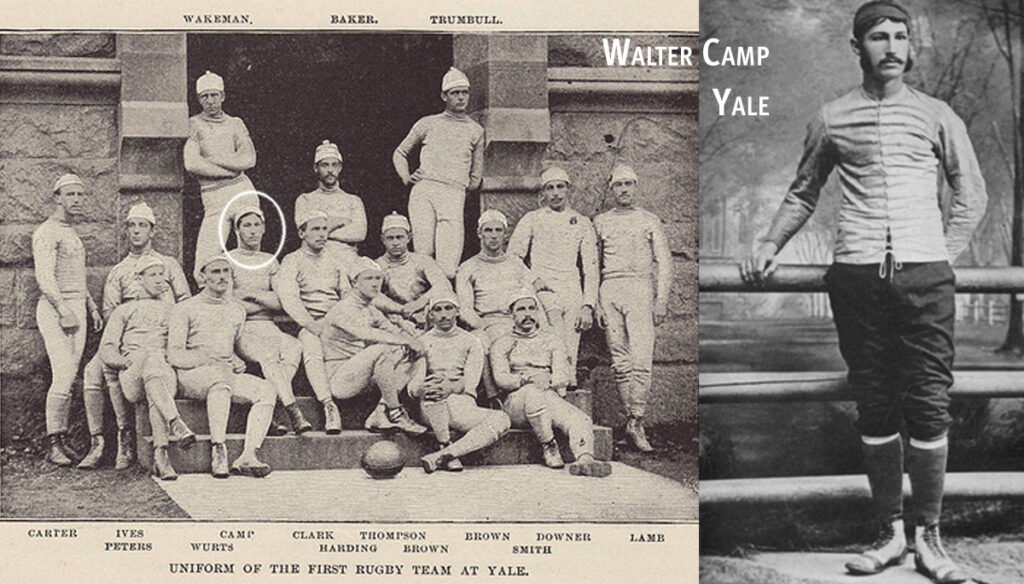
American football was born out of a blend between soccer and rugby, primarily played by college students in the late 19th century. The first intercollegiate game took place in 1869 between Princeton and Rutgers using soccer-style rules.
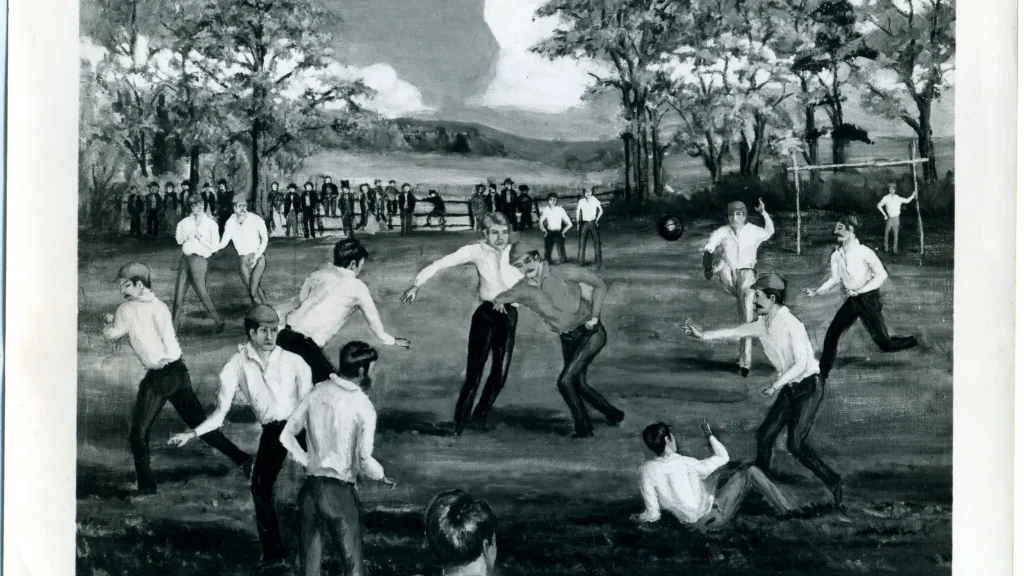
In the 1870s, institutions like Harvard and Yale began adopting rugby-style play. A pivotal moment occurred in 1875 when Yale and Harvard squared off, with Yale players adopting rugby rules. This set the stage for major changes.
Enter Walter Camp, often called the “Father of American Football.” A Yale athlete and influential figure in the Intercollegiate Football Association, Camp introduced several crucial innovations:
- The line of scrimmage
- The system of downs
- A set number of eleven players per team
By the 1880s, these changes helped shape the framework of what we now recognize as American football.
Key Milestones in Development
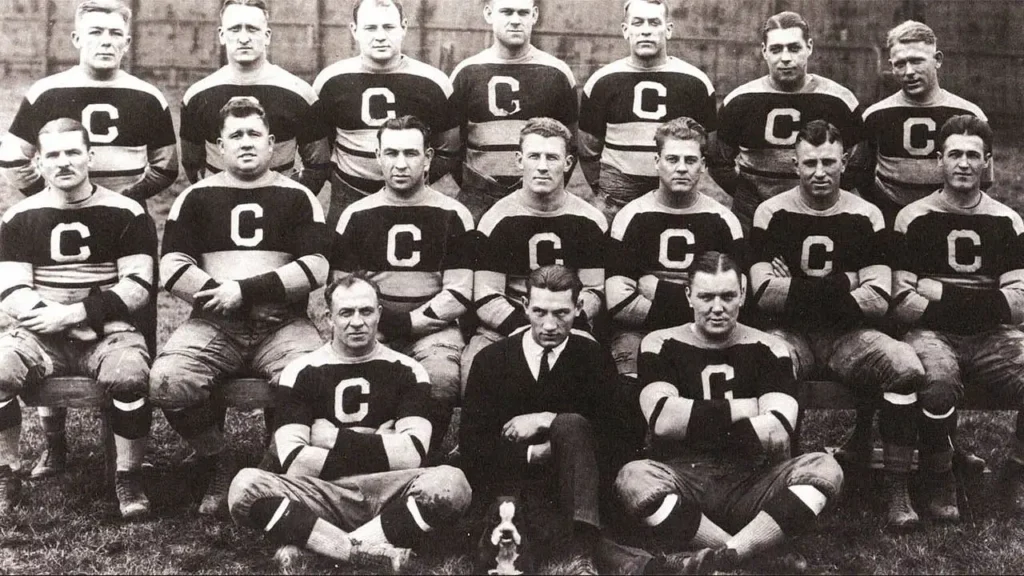
- 1880s: Introduction of the line of scrimmage and tackling below the waist.
- 1890s: Legalization of the forward pass and establishment of the neutral zone.
- 1906: The forward pass was officially legalized, shifting gameplay dramatically.
The Birth of the NFL
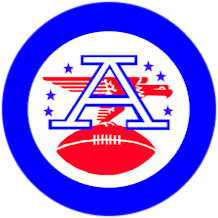
- 1920: Formation of the American Professional Football Association (APFA), renamed the National Football League (NFL) in 1922. Initially, it included 14 teams mostly based in the Midwest.
- 1930s: The league introduced a playoff system and began formalizing its structure.
- 1940s: The NFL began reintegrating African-American players post-WWII, a monumental moment in sports and social progress.

The AFL Challenge and the Merger
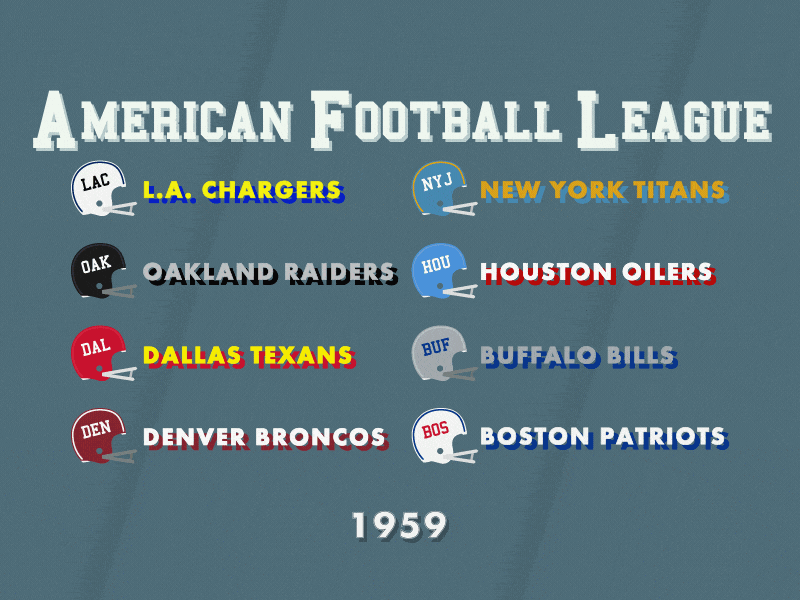
- 1950s–60s: The NFL faced fierce competition from the newly formed American Football League (AFL). Rivalry led to bidding wars for players and better television deals.
- 1970: The AFL and NFL officially merged, resulting in two conferences and one major championship game: the Super Bowl.
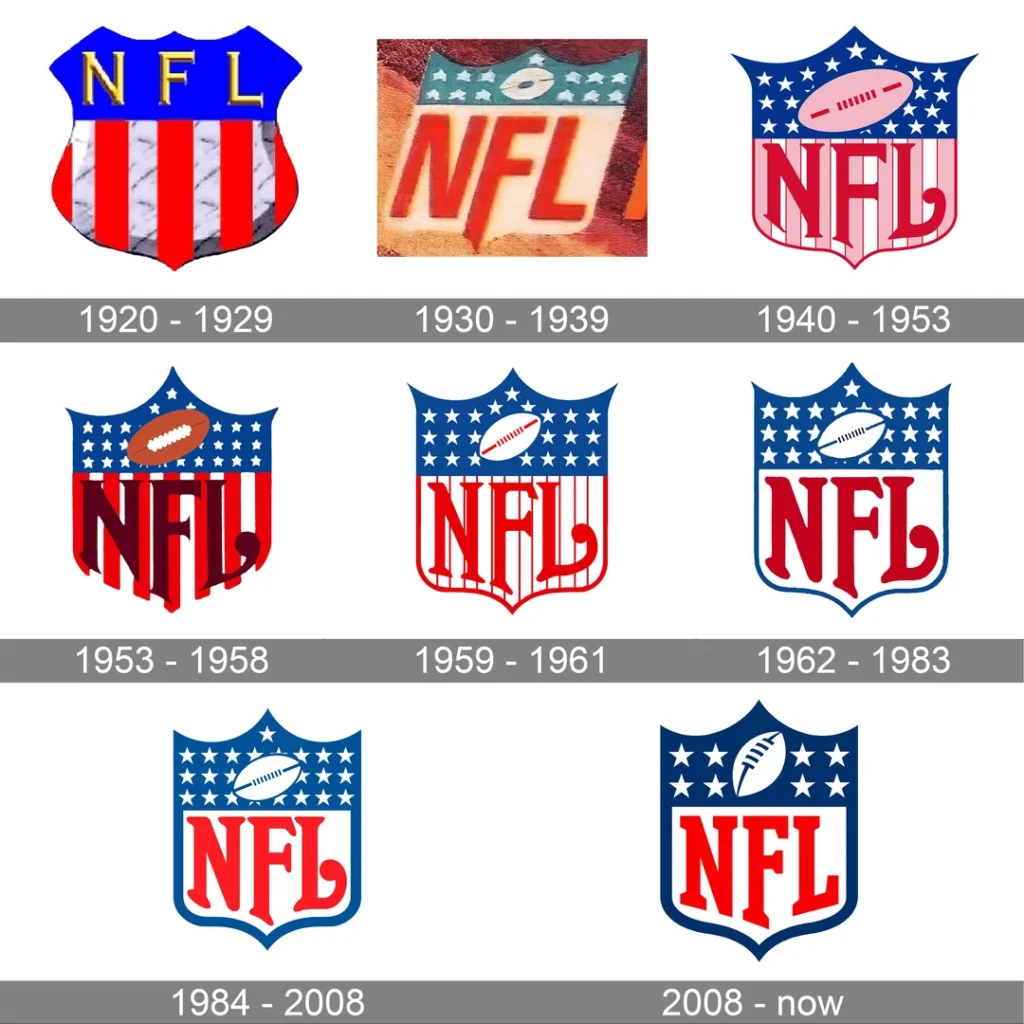
The Super Bowl Era
From the 1970s onward, the Super Bowl emerged as a cultural and athletic phenomenon. Today, it’s the most-watched television event in the United States. The NFL transformed into a multi-billion-dollar industry that influences not only sports but also entertainment, business, and media.
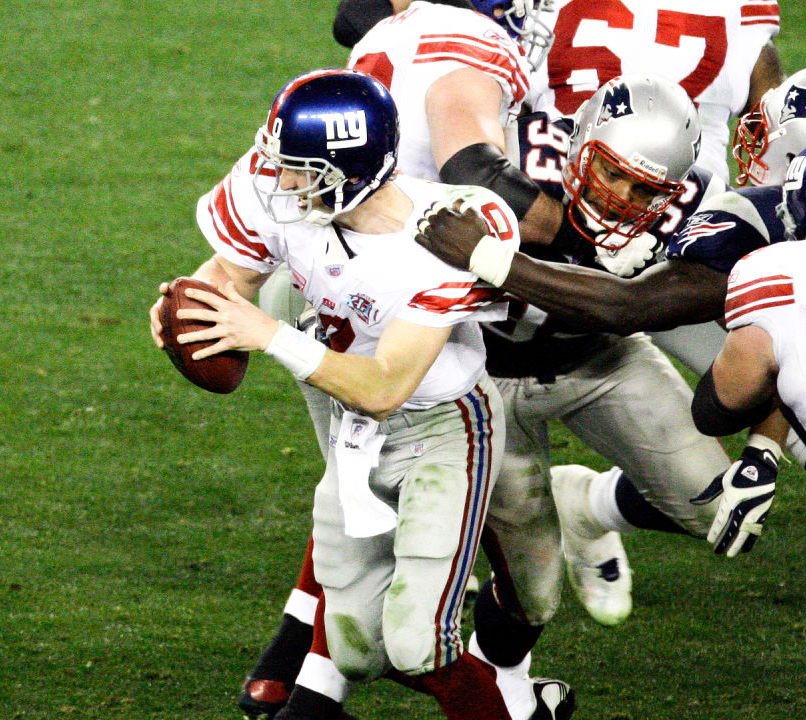
Why This History Matters
Understanding the evolution of football helps us appreciate its role in American life. It’s a story of innovation, integration, competition, and resilience. From Ivy League students to superstar athletes, the game has always reflected the country’s challenges and triumphs.
Whether you’re a fan of Madden or just learning the rules, American football is more than a game—it’s a living piece of American heritage.
Be Wise. Be True. JustINSPIRE





